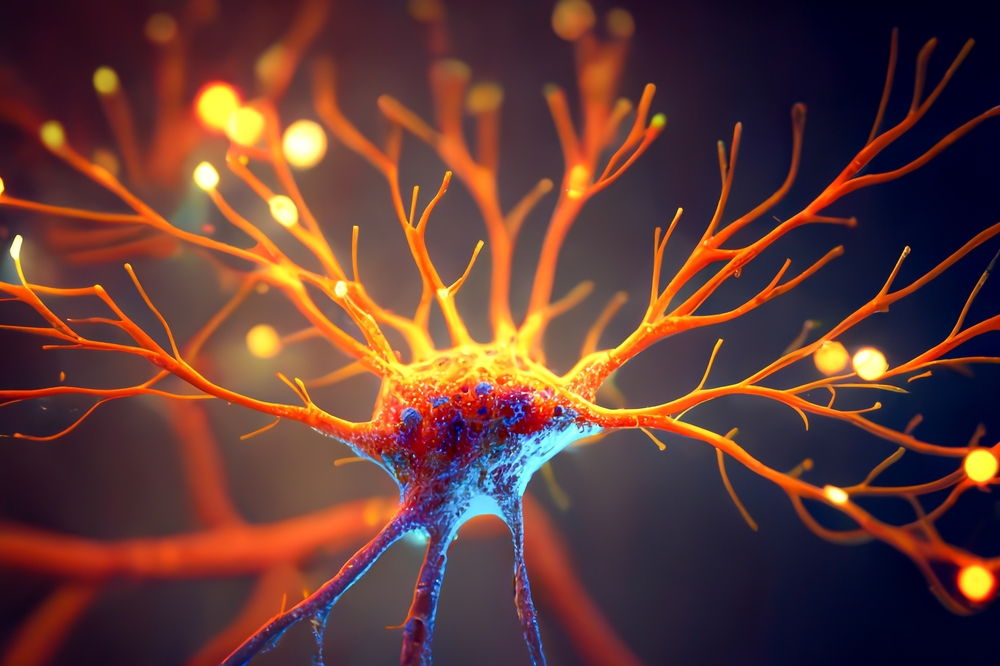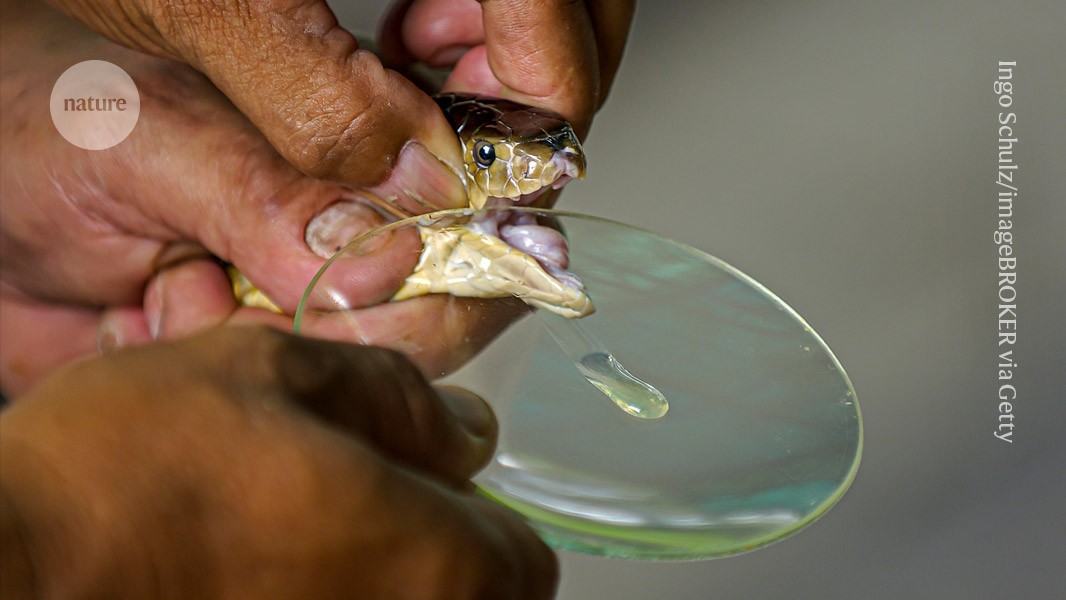
Insights on the Architecture of Public Space as a Driver of Transformation: A Journey Through 10 Projects in Spain
www.archdaily.com
Insights on the Architecture of Public Space as a Driver of Transformation: A Journey Through 10 Projects in SpainSave this picture!Plaza del Zarrn / BOV ESTUDIO. Image Javier BravoSpain boasts a vast diversity of natural and urban landscapes, where public space plays a leading role. Its relevance has grown in recent years, solidifying it as a key axis for interaction. Beyond its architectural and landscape qualities, public space offers visitors and citizens high-quality environments that contribute to improving living conditions, whether, in an urban park, a pedestrian axis within the city, or a space simply meant for being in a natural setting and connecting with the territory.The architecture of public space acts as a bridge between the private and the collective, creating meeting points and marking milestones in people's lives. Its true value lies in being accessible, inclusive, and universal, fostering environments that belong to everyone. Moreover, the design of these spaces becomes a key tool for bringing good practices in public spaces closer to users, who, even without a deep knowledge of the discipline, perceive and enjoy the changes that transform their cities and surroundings.Save this picture!In this regard, architects Ana Amado, Xevi Bayona, and Jaume Prat have designed and curated the exhibition De puertas afuera, which explores ten public space projects in Spain that have significantly transformed their surroundings and the lives of their users. Currently hosted at La Casa de la Arquitectura in Madrid, the exhibition immerses visitors in these projects through audiovisual materials that highlight not only their architectural and landscape qualities but also the human stories behind each work, narrated by the users themselves. Related Article Towards the Renaturalization of Urban Spaces: How 08014 arquitectura's Projects are Reclaiming Barcelona's Streets Save this picture!The exhibition itself is another initiative aimed at bringing the community closer to the well-designed public spaces created in recent years across different regions of the country, fostering a valuable exchange of knowledge. To delve deeper into the significance of public space and the journey through the projects, ArchDaily spoke with Jaume Prat, one of the curators, asking key questions about these topics.Save this picture!Save this picture!ArchDaily (Paula Pintos): What was the initial motivation or premise for developing the exhibition? What were the key themes you, as curators, were interested in showcasing?Jaume Prat (JP): The exhibition began without any prejudice from the three curators. The competition proposal was developed according to its guidelines and with the primary mandate of the Casa de la Arquitectura: to bring a public good of general interest closer to the audience. To achieve this, we experimented with a dual approach: working with architecture from the perspective of the citizen whose life is improved through an exemplary architectural project. On the other hand, we aimed to create an exhibition space that was an atmosphere in itself, allowing us to showcase these projects primarily through their use, with minimal added elements.AD: What were the fundamental criteria for selecting the projects included in the exhibition?JP:The selection of projects was influenced by an exhibition format that allowed us to showcase only ten projects and film three of them. Each project had to be complex enough to represent several things at once. The parameters for the selected projects were: inclusivity, as all selected projects, except one, were signed by at least one woman, and two of the three projects represented were signed exclusively by women. Territorial distribution: the initial intention of the exhibition was to represent the entire territory through its 15 Autonomous Communities and two Autonomous Cities. Given the impossibility of doing so, we tried to be as diverse as possible, from the center to the peripheries, the three oceans, and the Canary Islands. Proximity: there are architects who remain in the place, who have internalized it and have a closer relationship, intervening with more complexity, returning, and taking responsibility for the projects in the long term. We have predominantly chosen this type of architect.Save this picture!Undiscovered projects: architecture is present. It can be seen on the streets and shared on social media. Architecture is not known unless it has been disseminated beforehand. There are varying levels of exposure and projects that, for complex and often arbitrary reasons, are more or less known. We aimed to work with projects that have a lower profile to step away from the more well-known architectural corpus. Architecture is more varied and complex than the examples chosen to represent us. Landscape design: the selected projects tame the exterior public space, the space of exchange and difference. The common space. The space of citizens. Landscape is the dignity of the territory.Representativeness: These projects are not unique. They are not just them, not just that place. They represent a sensitivity, a way of doing, of understanding the place based on a cultural heritage. Many of these places are enjoyed for the first time thanks to these projects. They even emerge because of them. They represent new opportunities to adapt an ancestral use of space to its audience. To its inhabitants. They represent the updating of a way of life.Other criteria have been beauty and, lastly, social diversity: different voices in places that accommodate them all.Save this picture!Save this picture!AD: In what ways has the relationship between users and the public spaces showcased evolved or changed, especially when considering their historical connection to these places?JP: Cities evolve in a non-linear way. Some of the public spaces showcased had deteriorated to the point of needing a project to revitalize them, rethink them, and deliver them to a city different from the one that originally created them. This is the case with the Parque de la Hoya, the Parque de los Jardinillos, or the Llanas de Burgos.Save this picture!Other spaces have been created where there were once marginal or degraded areas, such as the Explanada del Horizonte or the landscapes of Huelva, or spaces that did not exist at all, like the one in Almazn, which resulted from the redevelopment of a block of houses that had become obsolete both in urbanistic and health terms.Save this picture!Other spaces have been created to preserve heritage that had been neglected for centuries, such as the Plaza de la Sinagoga in Onda. Finally, Calle Consell de Cent is pure innovation: rethinking the city on a large scale, analyzing it, confirming that the street can function differently by removing cars, and executing an architectural project that responds to this.Save this picture!In all of these projects, architecture has gone beyond the demands of the commission, enabling new uses, representing the local community, changing the face of the cities, and requalifying the existing in a way that is both respectful and bold to adapt it to the new urban conditions.AD: Given that the exhibition is also aimed at an audience outside the field of architecture, what relevance do you believe such exhibits and, therefore, architectural projects have in relation to the future of accessible public space and their impact on society in general?JP: The two parts of the question should be carefully separated. Regarding the representation of architecture, our taskbacked by the Architecture Quality Lawis to be one of the first links in a chain of exhibitions and actions that address architecture outside the usual codes with which we typically represent it: use instead of form, narration instead of analysis. The person must be at the center. Architecture is what simplifies life, represents, and gives identity. Architecture should never be represented isolated from its context.Regarding architectural projects, the work is being done. Architecture is in good health, with a new landscape sensitivity emerging. The task is to identify these projects and explain them in relation to their environment. Image gallerySee allShow lessAbout this authorPaula PintosAuthorCite: Pintos, Paula. "Insights on the Architecture of Public Space as a Driver of Transformation: A Journey Through 10 Projects in Spain" [Perspectivas sobre la arquitectura del espacio pblico como motor de transformacin: un recorrido por 10 obras en Espaa] 17 Jan 2025. ArchDaily. Accessed . <https://www.archdaily.com/1025817/insights-on-the-architecture-of-public-space-as-a-driver-of-transformation-a-journey-through-10-projects-in-spain&gt ISSN 0719-8884Save!ArchDaily?You've started following your first account!Did you know?You'll now receive updates based on what you follow! Personalize your stream and start following your favorite authors, offices and users.Go to my stream
0 Comentários
·0 Compartilhamentos
·10 Visualizações











